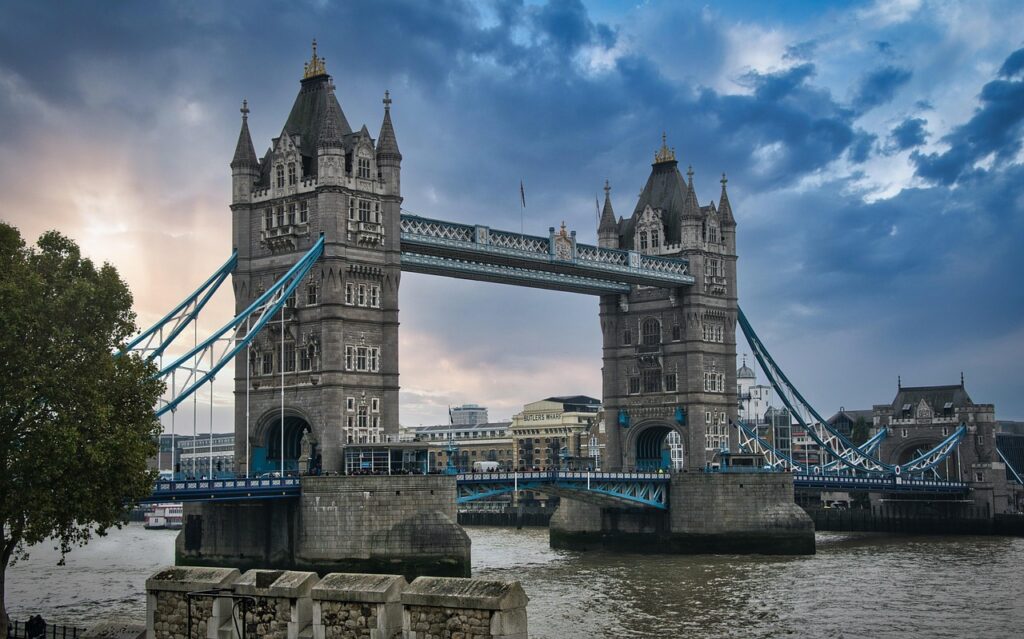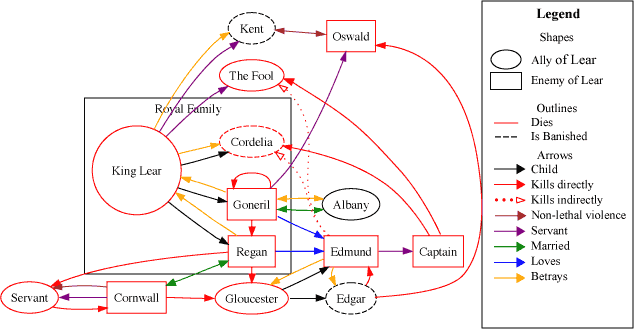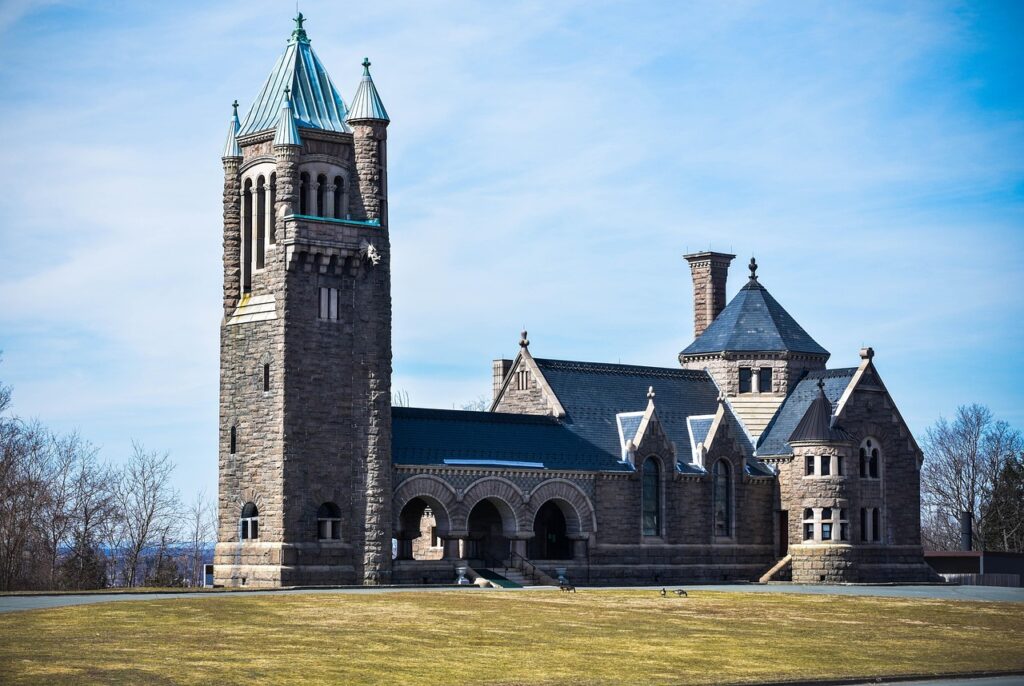
Much of the world remains captivated by the intricate tapestry of British royalty and its accompanying system of noble titles. From historical dramas to contemporary media, the allure of dukes, marquesses, earls, viscounts, and barons continues to fascinate audiences globally. This complex, overlapping web of peerage titles, which dates back to Anglo-Saxon times, represents not just a social hierarchy but a profound historical narrative embedded in the very foundations of the United Kingdom.
At the heart of this ancient system lies the title of earl, holding a distinct position as the oldest rank within the English nobility. Unlike its European equivalents, such as the French comte or German Graf, the title of earl boasts a unique evolution that reflects centuries of shifting political landscapes, royal power struggles, and socio-economic transformations. It is a title that, while now largely ceremonial, once signified immense power, land tenure, and direct administrative responsibility in governing the realm.
To truly understand the enduring prestige of the earldom, one must journey through its rich historical trajectory. This article will explore the fascinating development of the earl’s role, from its earliest incarnations as a powerful royal officer in Anglo-Saxon England, through periods of significant change and consolidation, to its eventual transformation into a mark of distinguished rank within Britain’s peerage system.
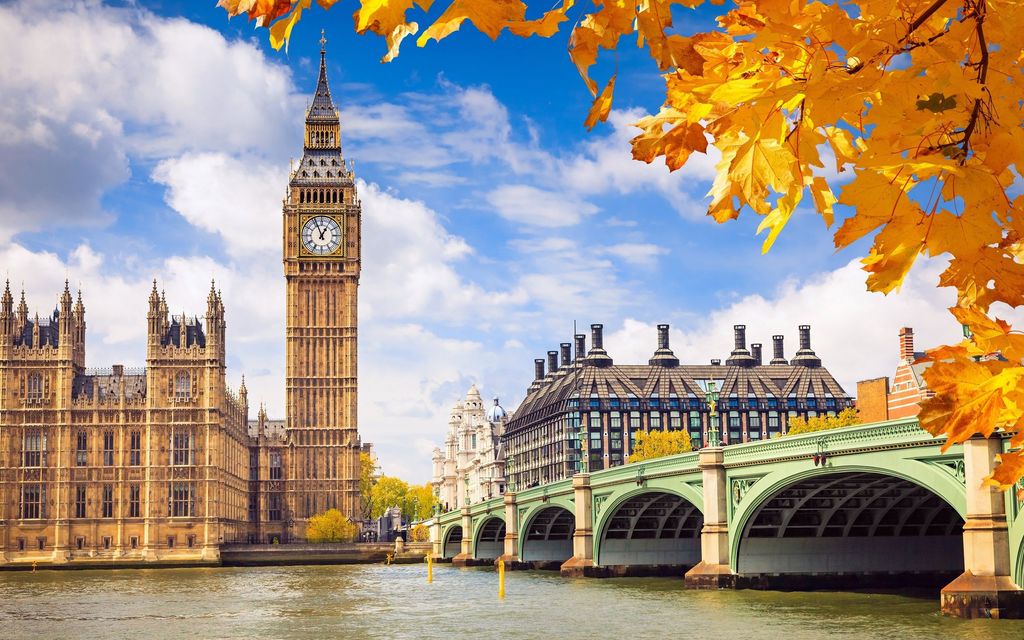
1. **The Anglo-Saxon Origins: Ealdorman to Eorl**The office of earl evolved from the ealdorman, a critical position within Anglo-Saxon government. Appointed by the English king, the ealdorman served as the chief officer in a shire, commanding the local fyrd and presiding over the shire court alongside the bishop. As compensation, he received the “third penny”—one-third of the shire court’s profits and the boroughs’ revenues. Initially, ealdormen governed single shires, but under Edward the Elder (r. 899–924), it became customary for one ealdorman to administer three or four shires together as an ealdormanry.
The significant shift from “ealdorman” to “earl” (related to Old English “eorl” and Scandinavian “jarl”) occurred during Cnut the Great’s reign (1016–1035). This change reflected not only a linguistic evolution but also a practical adaptation to Cnut’s expanding North Sea Empire, which necessitated greater delegation of power. Earls, in this new context, became governors or viceroys, ruling in the king’s name, tasked with keeping the peace, dispensing justice, and raising armies.
This foundational period established the regional administrative role that would define the earl’s position for centuries. While the title was bestowed by the king and not automatically hereditary, the ealdorman-turned-earl was undeniably a powerful figure. This early structure laid the groundwork for a noble class whose influence, though varying with each monarch, remained central to the governance and social fabric of England.
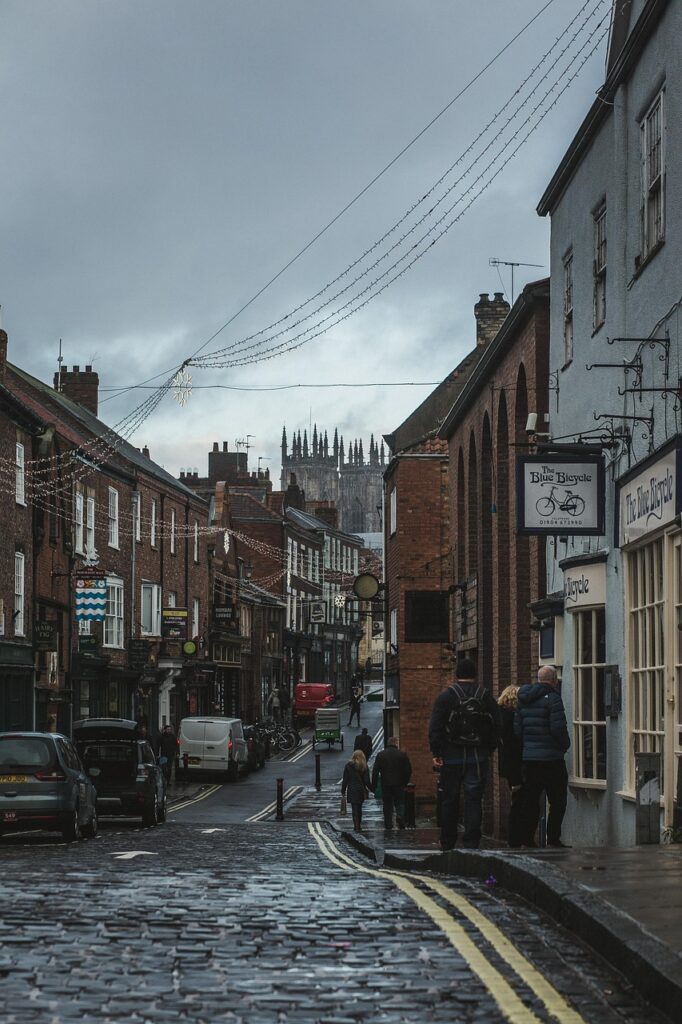
2. **Cnut the Great: Consolidation and Delegation**Cnut the Great’s reign (1016–1035) marked a pivotal moment for the earldom, transforming the ealdorman into the earl. With his vast North Sea Empire extending beyond England, Cnut found it necessary to delegate substantial authority. Earls became his primary representatives, acting as governors or viceroys who ruled in the king’s name, tasked with maintaining peace, dispensing justice, and raising military forces across their jurisdictions.
Like their ealdorman predecessors, these earls were entitled to the “third penny” from their respective jurisdictions, a significant share of court profits and borough revenues that underscored their economic power. This financial incentive ensured their vested interest in the governance and prosperity of their assigned territories. The formalization of the title of earl during this period reflected a more structured approach to regional administration under a powerful, yet geographically distant, monarch.
Earls under Cnut held a high rank, positioned above thegns in precedence, and served as chief counselors in the witan, the king’s council. This granted them substantial influence over royal policy and strategic decisions. Crucially, the office was not hereditary; though sons might aspire to inherit, only the king could formally appoint an earl. This royal prerogative was a critical safeguard against the independent accumulation of power, allowing the Crown to control and shape the emerging noble class.

3. **Edward the Confessor: Developing Autonomy and Royal Power Struggles**During Edward the Confessor’s reign (1042–1066), earls, while still royal officers, began to develop greater autonomy, emerging as a significant challenge to royal authority. This era saw the rise of three formidable aristocratic families: the Godwins of Wessex, Leofric of Mercia, and Siward of Northumbria. Their growing power and landholdings concentrated wealth outside the Crown, fostering regional spheres of influence that sometimes rivaled the king’s own.
Edward attempted to assert royal control over succession. Upon Earl Siward of Northumbria’s death in 1055, Edward deliberately bypassed Siward’s son, Waltheof, appointing Tostig Godwinson instead. This decision aimed to disrupt hereditary claims and prevent powerful dynasties from becoming entrenched. The earldom of East Anglia, for instance, frequently served as a training ground for new earls, illustrating a more fluid appointment strategy for less sensitive regions.
Despite these efforts, the trend toward hereditary succession was becoming undeniable, particularly in key earldoms like Mercia, which passed from father to son for four generations. The Godwin family’s influence expanded considerably, with Godwin’s sons, Sweyn and Harold, also receiving earldoms. This concentration of land and wealth, especially within the Godwin family whose estates were valued at £7,000 by 1066 (compared to the king’s £5,000), significantly weakened the Crown’s authority and set the stage for future conflicts.
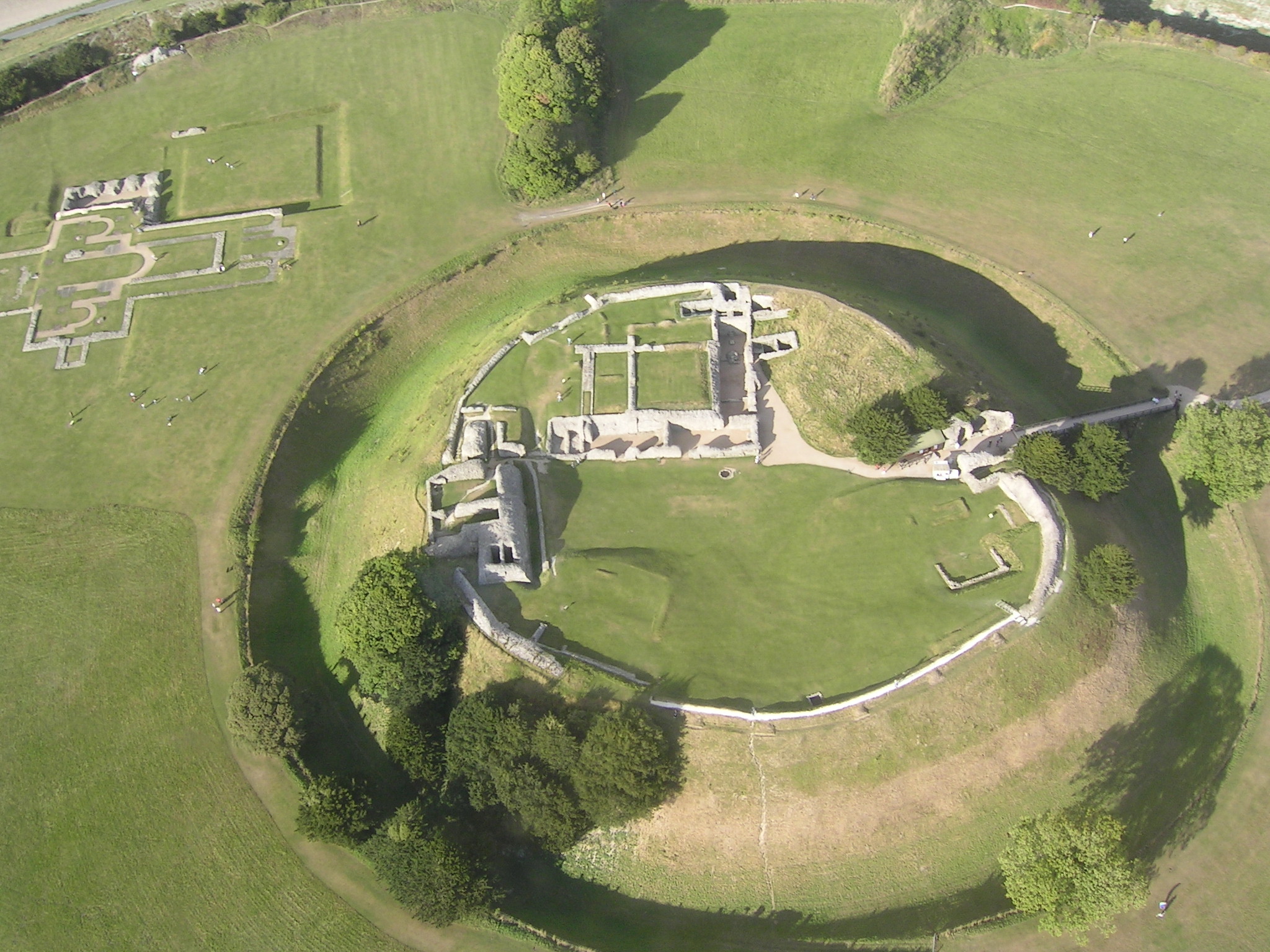
4. **The Norman Conquest: Restructuring and Reduced Power**The Norman Conquest of 1066 fundamentally reshaped the English nobility and the role of the earl. William the Conqueror systematically replaced the Anglo-Saxon elite with a new Anglo-Norman aristocracy, bringing with him a different model of regional governance. In Normandy, counts, the equivalent of earls, were typically junior members of the ducal family and were primarily responsible for guarding border regions, a structure William sought to implement in England.
William drastically reduced the size and authority of earldoms. Post-1071, newly created earldoms were typically restricted to a single shire, a stark contrast to the multi-shire ealdormanries of the Anglo-Saxons. Earls were now primarily military governors, strategically placed in vulnerable border or coastal areas like the Welsh Marches. Roger de Montgomery became Earl of Shrewsbury and Hugh d’Avranches Earl of Chester, serving as crucial defenses.
The Revolt of the Earls in 1075 further solidified William’s determination to centralize power. This led to a significant reduction in the number of earldoms, with only four remaining, all held by Anglo-Normans: Kent, Shrewsbury, Chester, and Northumbria. This number was even further reduced after Odo of Bayeux, Earl of Kent, was arrested in 1082. By 1100, only five earldoms existed, demonstrating William’s successful efforts to diminish their independent influence and establish a crown-dominated system.

5. **The “Third Penny” and Comital Property: Economic Foundations**The economic power of the earldom was intrinsically linked to its administrative functions, most notably through the “third penny.” This significant financial entitlement granted the earl one-third of the profits from the shire court and a share of borough revenues within their jurisdiction. This direct connection to local economic and judicial activity provided earls with substantial wealth, positioning them among the wealthiest individuals in medieval England.
However, the nature of an earl’s property—whether private or tied to the office—was complex. Historian F. W. Maitland noted the difficulty in distinguishing between “private property and official property,” identifying “manors of the shire” and “comital vills” that appeared to belong to the office itself. This suggests that certain estates were intrinsically linked to the earldom and could be transferred by the king, reinforcing royal control over powerful landholders.
Despite debates over “comital property,” the sheer concentration of land and wealth among earls was undeniable. By 1066, the Godwin family’s estates were valued at £7,000, significantly more than the king’s own lands at £5,000. This immense wealth provided not only status but also the patronage and influence essential for effective governance. The “third penny” was a vital component, fueling their ability to exert influence and maintain power within their territories.

6. **Stephen and Matilda: The Anarchy’s Impact on Earldoms**The civil war between King Stephen and Empress Matilda (1135–1154), known as the Anarchy, dramatically altered the landscape of earldoms. To secure loyalty and support, both contenders rapidly created new titles, causing the number of earls to surge from seven in 1135 to twenty in 1141. Stephen, for instance, created twelve new earls, including Waleran de Beaumont as Earl of Worcester and William de Aumale as Earl of York, often in reward for military service.
Empress Matilda also used this strategy, creating three earldoms for her supporters after Stephen’s capture in 1141, such as Reginald de Dunstanville as Earl of Cornwall and Baldwin de Redvers as Earl of Devon. Aubrey de Vere was granted Oxford, and Patrick of Salisbury became Earl of Salisbury. This proliferation of titles, granted in a period of weakened central authority, reflects the transactional nature of power during this turbulent era.
Crucially, earls and barons capitalized on the power vacuum during the Anarchy to assume Crown rights. Figures like Robert of Gloucester and Patrick of Salisbury minted their own coinage, a distinct royal prerogative. They also constructed “adulterine castles” without royal permission, a clear assertion of local aristocratic power. This period showcased how, in the absence of a strong monarch, the earls could significantly reassert their independent authority and expand their influence.
7. **The Plantagenets: Curtailing Power and Shifting Roles**Following the turbulent period of the Anarchy, it fell to King Stephen’s successor, Henry II (r. 1154–1189), to again curtail the power that earls had amassed. A key strategy in this effort was the systematic confiscation or demolition of the ‘adulterine castles’ that earls and barons had constructed without royal permission during the preceding civil war. This direct assertion of royal authority aimed to dismantle the physical symbols and bases of independent aristocratic power.
Henry II also strategically reduced the overall number of earldoms, often allowing them to die with their current holders and deliberately refraining from creating new ones. During his impactful reign, a significant shift occurred: the title of earl began its transformation from a substantive administrative office into primarily a mark of social rank. The real power over local governance and justice increasingly lay with the king’s sheriffs and justices, rather than residing directly with the earls themselves.
Despite this reduction in formal administrative duties, the actual power an individual earl possessed in this era remained heavily dependent on their personal landholdings and wealth. These resources could be effectively translated into patronage and influence, particularly if a significant concentration of land was located within a specific region. This dynamic is perfectly illustrated by the Earls of Chester, who, by the mid-13th century, were famously described as ‘earls palatine’.
Their immense power stemmed directly from owning the vast majority of land in Cheshire, which meant that the shire court and the earl’s own honour court were essentially identical, with the local sheriff answering directly to the earl. This contrasts sharply with cases like the Earl of Oxford, who, despite the prestigious title, held less than an acre of land in Oxfordshire itself (with most of his estates located in Essex) and consequently wielded very little actual power within that county.

8. **Evolution of Inheritance Patterns: From Partition to Primogeniture**The inheritance of an earldom, along with its associated lands, generally followed the principle of primogeniture, where the eldest son would succeed. However, the system also had provisions for female heirs, which often introduced complexities. If the only heirs were female, the land would typically be partitioned equally among the co-heiresses, with the eldest receiving the title of the dignity itself.
An illustrative example of this can be seen in 1204, when Robert de Beaumont, the 4th Earl of Leicester, died without direct children. His heirs were his sisters, Amice and Margaret. Amice’s son, Simon de Montfort, subsequently succeeded as Earl of Leicester, while Margaret’s husband, Saer de Quincy, was created the Earl of Winchester in 1207. This marked the first new hereditary earldom created since the reign of Stephen, showcasing how titles could pass through female lines and even lead to new creations.
However, multiple partitions could dramatically impact the value and influence associated with an earldom. A notable case unfolded in 1232 when Ranulf de Blondeville, the 6th Earl of Chester and arguably the greatest landholder in England, died childless. His extensive lands were divided among his four sisters, with the title eventually going to the eldest sister’s son, John of Scotland, Earl of Huntingdon. When John himself died just five years later in 1237, the estate again had to be divided, this time among five co-heirs (his two daughters and his three surviving sisters).
Before the land could be fully divided, King Alexander II of Scotland laid claim to the earldom of Huntingdon. Although the king’s council dismissed this specific claim, the Scottish king was granted the lands attached to Huntingdon, but notably not the title. This action further reduced the land available to John’s co-heirs and presented the unprecedented possibility of an earl who was virtually landless. Ultimately, King Henry III proactively gained possession of all the lands originally attached to the powerful Chester earldom through a series of land exchanges with the various co-heirs, thereby bringing a potent independent power base under direct royal control.
Adding another layer of complexity to inheritance, Henry III, in 1227, granted his justiciar, Hubert de Burgh, the earldom of Kent under unprecedented terms. The earldom was stipulated to pass to Hubert’s son by his third wife, Margaret of Scotland, deliberately bypassing his eldest son from his first marriage. It is plausible that Margaret’s royal lineage was perceived as making her children more worthy of such a significant inheritance, illustrating how royal prerogative could override established norms of succession in special circumstances.

9. **The Ceremonial Aspect: Girding with the Sword and Letters Patent**By the 13th century, earls held a distinguished social rank, positioned just below the king and princes. However, this did not automatically equate to them being more powerful or wealthier than other noblemen. Becoming an earl typically involved either inheriting the title or marrying into one, with the monarch always reserving the ultimate right to prevent the transfer of such a significant title, underscoring royal supremacy.
The 14th century saw the formalization of a special public ceremony for the creation of an earl. During this investiture, the king would personally tie a sword belt around the waist of the new earl. This symbolic act was crucial, as it visually emphasized that the earl’s rights and dignity stemmed directly from the monarch, reinforcing the king’s ultimate authority and the earl’s loyalty.
Earls continued to wield considerable influence, often acting as “companions of the king” and generally supporting the monarch’s power. Yet, their own collective power could be asserted dramatically, as demonstrated in 1327 when they played a prominent role in deposing King Edward II. This precedent was later followed with other monarchs of whom they disapproved, highlighting their critical, albeit sometimes challenging, position within the realm. In 1337, Edward III further underscored the importance of the title by declaring his intention to create six new earldoms, a significant expansion of the peerage.
Over time, additional ceremonial elements were introduced. Until the early years of Edward VI’s reign (1547–1553), the girding with the sword was the sole ceremony observed at an earl’s investiture. However, during this period, the imposition of the cap of dignity and a circlet of gold was added, further enriching the visual and symbolic aspects of the ceremony. Curiously, under James I in 1615, the patent of creation alone was declared sufficient, removing the necessity for any physical ceremony at all.
Interestingly, medieval practices surrounding earldom creation persisted longer in Scotland. It was not until 1600 that letters patent were employed to create an earldom, specifically that of Winton. This historical divergence helps to explain why so few ancient Scottish earldoms, with their almost unlimited right of succession, ever became extinct compared to their English counterparts. The traditional robe of estate for an earl distinctly features three bars of ermine on its cape, a clear mark of their esteemed rank.
10. **Position within the British Peerage System: Hierarchy and Precedence**Within the venerable British peerage system, the title of earl holds a distinct and historically significant position. It is the oldest rank of English nobles, though it now stands third in precedence, nestled between the marquess, a title introduced in 1385, and the viscount, which dates back to 1440. The full hierarchy of British nobility, in descending order, comprises duke, marquess, earl, viscount, and baron.
Globally, the title of earl finds its equivalent in other European systems, corresponding to the French ‘comte’ or the German ‘Graf’ (count). Despite this functional similarity, the British earldom possesses a unique historical evolution that reflects the specific political and social developments of the United Kingdom across centuries.
An earl is formally addressed as “Right Honourable” and is commonly styled “My Lord,” signifying their esteemed status. The eldest son of an earl typically inherits or bears his father’s second title, which in many instances is a viscountcy. This eldest son, whatever his specific secondary title, always takes precedence immediately after the viscounts in the peerage hierarchy. For earldoms like Devon and Huntingdon, where there is no customary second title, one using the family name may be assumed for practical convenience.
In contrast, the younger sons of earls are styled “Honourable,” while all the daughters of an earl are traditionally styled “Lady.” When the sovereign formally addresses or mentions an earl in official documents and instruments, a traditional form of address, first adopted by Henry IV, is used: “trusty and well-beloved cousin,” highlighting a sense of familial connection within the broader noble network. The wife of an earl is known as a countess, and she is also accorded the style of “Right Honourable” and addressed as “My Lady.”

11. **Modern Significance and Royal Family Connections**In the contemporary British system, while the title of earl carries immense prestige and a profound connection to history, it confers no official political power or authority. The title remains inalienable, indivisible, and descends in regular succession to all heirs under the limitations of its grant until, on their failure, it becomes extinct. Today, there are approximately 190 earls in the U.K., with their role being largely ceremonial, entailing few formal responsibilities.
One of the most significant modern developments is that, today, no new hereditary peerages are being created, with one notable exception: those the monarch creates for members of the royal family. A prominent example is Prince Edward, who holds the title of Earl of Wessex, and his brother, King Charles III, who became the Duke of Edinburgh upon their father’s passing. This specific royal prerogative ensures that the ancient tradition continues, albeit in a highly restricted form.
Historically, a major privilege of being a peer, whether hereditary or a ‘life peer’ (an honorary title not inheritable), was the right to sit in Britain’s House of Lords, the upper chamber of the legislature. While this right persists, the composition of the House has evolved significantly. In 1958, the Life Peerages Act allowed for the creation of life peerages, often carrying the title of baron or baroness, which cannot be inherited. By 2020, around 90 percent of those sitting in the House of Lords were life peers, reflecting a shift towards a more merit-based, rather than purely hereditary, legislative body.
Despite the reduction in direct political power, an earl can still retain considerable influence within their local communities. They may be asked to serve on local boards or committees, leveraging their status and often extensive land holdings, which continue to offer a certain amount of power and prestige. The economic standing of earls has also seen a transformation; in medieval England, an earl might earn around £2,000 per year, an amount equivalent to over £100,000 in today’s currency, placing them among the wealthiest individuals. While modern CEOs and business leaders may earn substantially more, earls were undeniably at the pinnacle of money and power in medieval times.
Read more about: Cosmic Crafts & Ancient Origins: Exploring 18,000-Year-Old Human Traces and the Enigmatic Beauty of Meteorite Iron Jewelry

12. **Famous Historical Earls and Enduring Legacy**The annals of British history are replete with influential figures who bore the title of earl, shaping the destiny of the nation. Among the most historically significant is William de Normandy, famously known as William the Conqueror. While primarily Duke of Normandy, the context of his impact as a foundational figure in the restructuring of the English nobility following 1066 firmly places him within any discussion of powerful early ‘earls’ and their spheres of influence, profoundly altering the very fabric of England and its nascent peerage system.
Another legendary figure is Thomas Cochrane, the 9th Earl of Dundonald. This celebrated Scottish naval captain was renowned for his audacious exploits and inventive genius, contributing significantly to maritime warfare. Despite his many accomplishments, Cochrane’s career was frequently mired in controversy, ultimately concluding in disgrace, yet his legacy as a brilliant, albeit troubled, military mind endures.
Francis Rawdon-Hastings, the 2nd Earl of Moira, also stands out as a distinguished military officer who served with distinction in major conflicts such as the Seven Years’ War and the Napoleonic Wars. His career culminated in his appointment as Governor-General of India, where he presided over some of the subcontinent’s most momentous transformations during the early 19th century, leaving an indelible mark on imperial administration.
Beyond these, figures like Richard Neville, the ‘Kingmaker’ — best known by his title as the Earl of Warwick — played a pivotal role in the Wars of the Roses, demonstrating the immense political power some earls could wield. In terms of enduring lineage, the premier earldom is that of Arundel (dating from 1139), though it is currently merged with the Dukedom of Norfolk. The oldest earldoms not merged into a higher title include Shrewsbury (1442), followed by Derby (1485), and Huntingdon (1529).
In Scotland, the premier earldom, as recognized by the Union Roll of 1707, is Crawford (created 1398), though the earldom of Sutherland, tracing its descent from at least 1275 and potentially as early as 1228, holds claim to being the most ancient. The earldom of Chester has been uniquely held by the Princes of Wales since 1301, while the Scottish earldom of Carrick was granted to the eldest son of the sovereign by act of parliament in 1469. Even in Ireland, the Duke of Leinster, as Earl of Kildare, holds the distinction of premier earl. These examples underscore the diverse and far-reaching legacy of the earldom, a title that, despite its modern ceremonial nature, continues to resonate with centuries of history, power, and prestige, captivating audiences and symbolizing the enduring allure of British nobility.
Read more about: Beyond Bling: Unveiling the Elegant Histories and Enduring Legacies of 14 Magnificent Royal Tiaras
From its foundational Anglo-Saxon roots to its ceremonial prominence in the modern era, the earldom stands as a testament to an evolving society, reflecting shifting power dynamics, enduring traditions, and the captivating narrative of British aristocracy. It reminds us that while the formal responsibilities may have changed, the historical weight and cultural significance of the earl remain an integral thread in the rich tapestry of the United Kingdom’s heritage.

